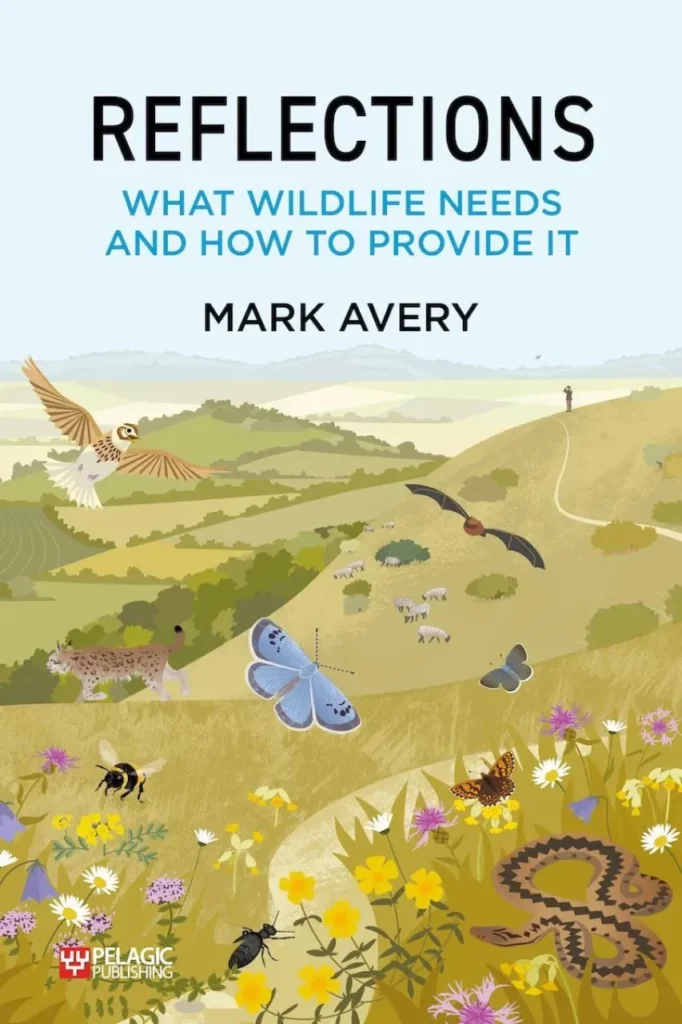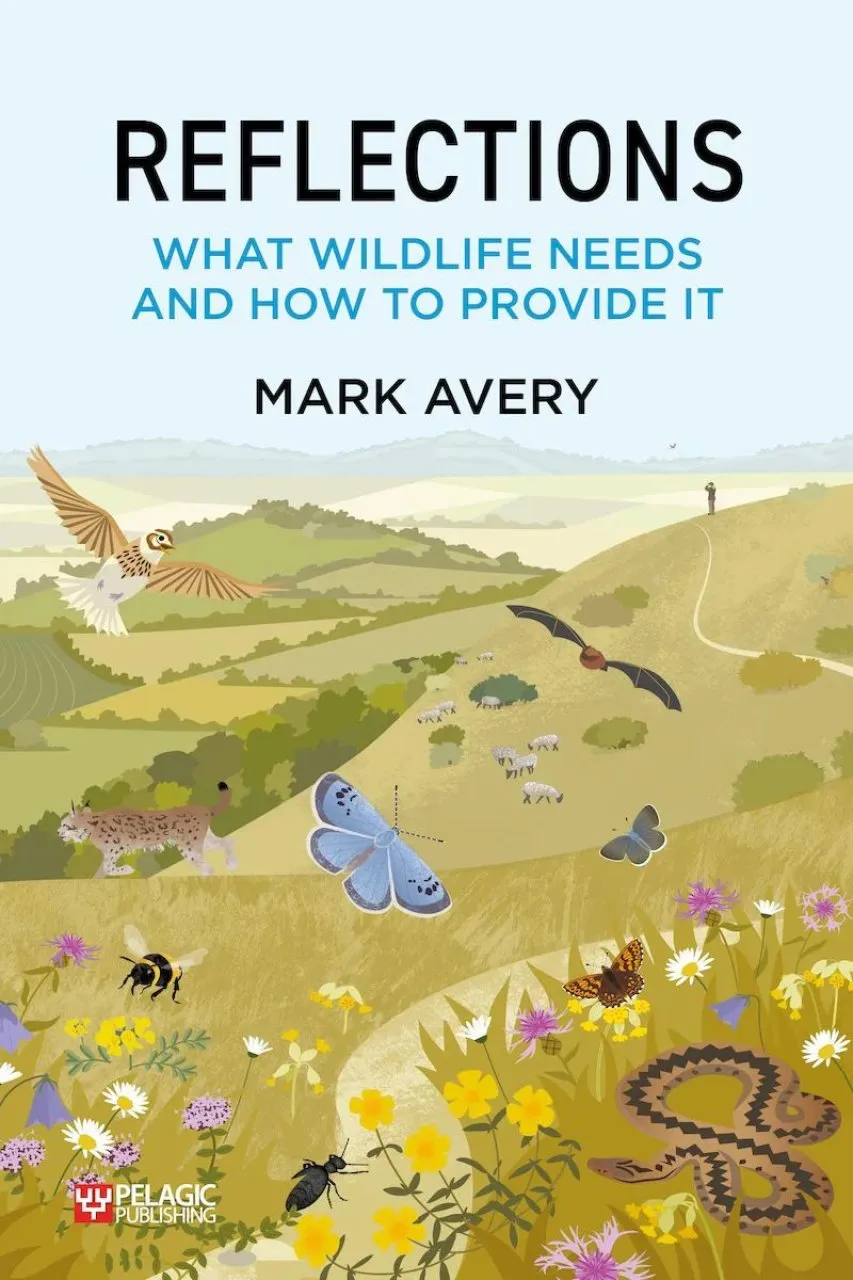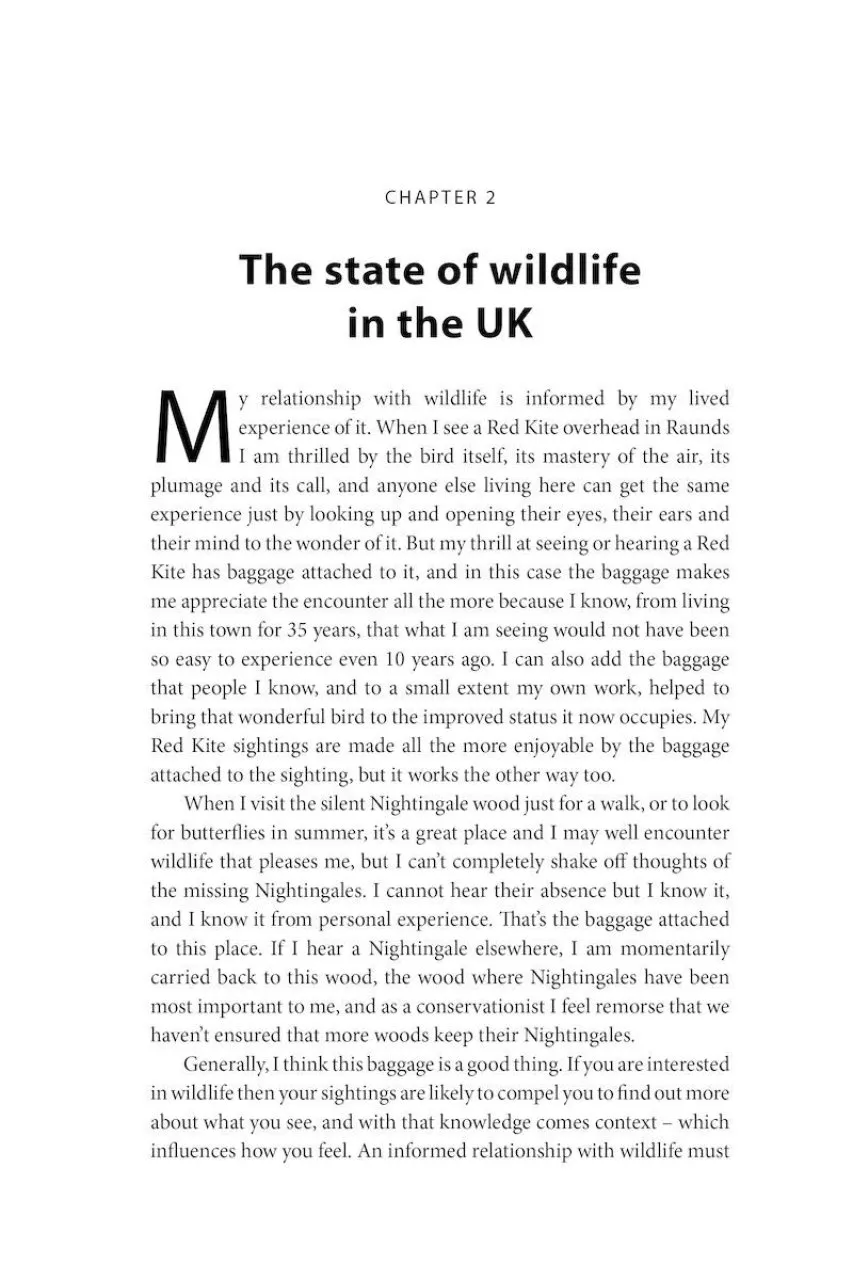Books about wildlife must tread a perilously thin line these days. How does one deal realistically with the grim reality of relentless, ongoing declines and yet still offer hope for the future? It is not easy, but if anyone is up to the task it is Mark Avery. He has a lifetime of experience working in conservation, starting with the more traditional approach; he rose to a senior level in the RSPB, with its established track record for managing nature reserves, conducting research, and trying, ever so gently, to nudge government into doing the right thing. How, one might ask, is that working out?
More recently, Avery has changed tack. Now he exerts influence by blogging, by campaigning and, when all else fails, by taking legal challenges through Wild Justice, an organisation he helped to found. He is well placed, then, to know what works and what does not. Allied to his knowledge and experience is a refreshing clarity of thought, and an enviable knack for setting out ideas clearly, with his trademark humour to lighten the load.
His intention was to write a hopeful book. It certainly starts that way, with an appreciation of the local wildlife that he sees in his home, garden and farther afield – a reminder that wildlife brings life-affirming joy to those willing to notice. But then comes the reality check: an assessment of the current state of nature, including a dissection of his ‘four horsemen of the ecological apocalypse’.
View this book on the NHBS website
There is a chapter setting out what he means by wildlife conservation, followed by one on conservation successes, although, with sections on agricultural policy, the Flow Country, SSSIs and driven grouse-shooting, ‘success’ can be tricky to define. Often, we must settle for slowing rates of loss rather than preventing them, achievements that are certainly worth recognising; without them, just think where we would be now. But lest we get too carried away with the positives, ‘Why are we failing so badly?’ is a question that takes a full 30 pages to answer. Government, vested interests and societal indifference receive much of the flak, but the ‘tangled bank’ of wildlife NGOs does not come away unscathed.
All this builds towards the final chapter: ‘What wildlife needs (and how to provide it)’. This is where the real hope lies. There are ideas (good ones, clearly explained) for both individuals and organisations and, of course, the two are closely linked: NGOs must respond to the views and financial choices of their members. Among many other things, we need more public control of the land, a better network of protected sites, more rewilding of the uplands, less unsustainable farming and, to make all this happen, we need more people to take an active interest in wildlife.
Readers will have their own views about priorities and might quibble over the detail of the proposed solutions. But differences of opinion among wildlife enthusiasts are a tiny part of the problem we face. This is the most insightful and accessible book we have on the current state of wildlife conservation in Britain and what we might do to improve things. But how many people not already converted to the cause will pick it up, read it, think about the ideas it contains and respond accordingly? Above all else, that is the main problem: the worryingly small number of people who care passionately about the future of our wildlife.


